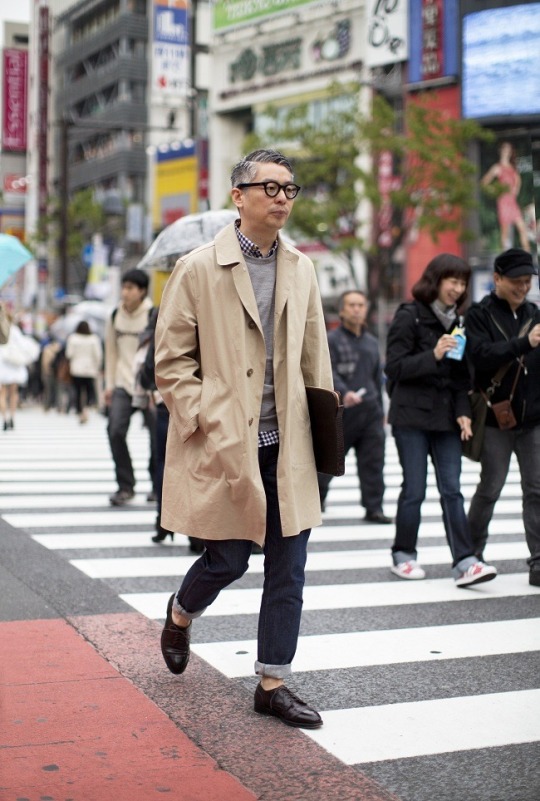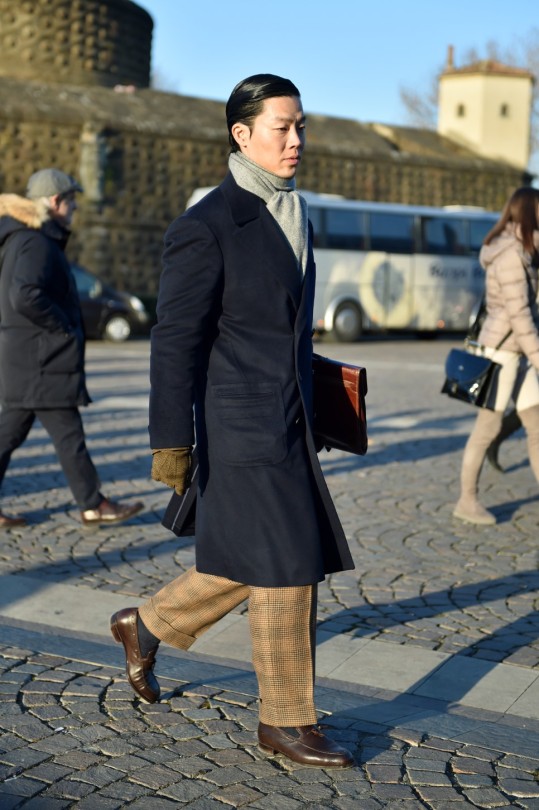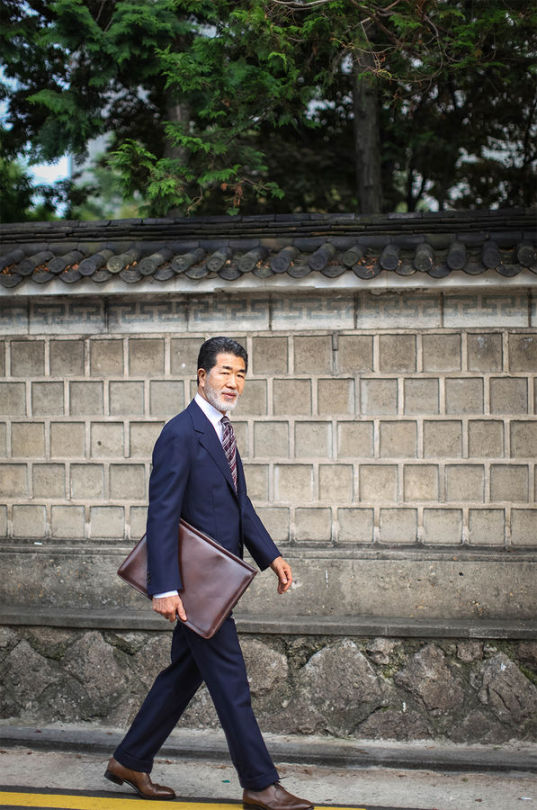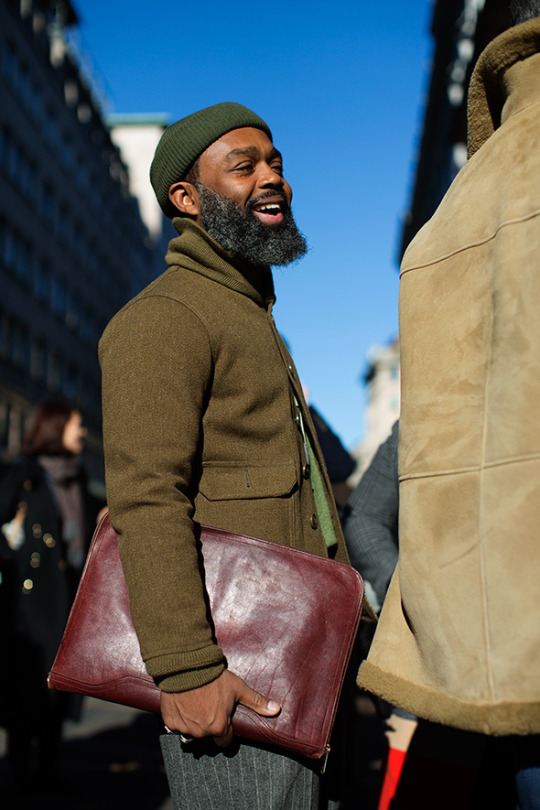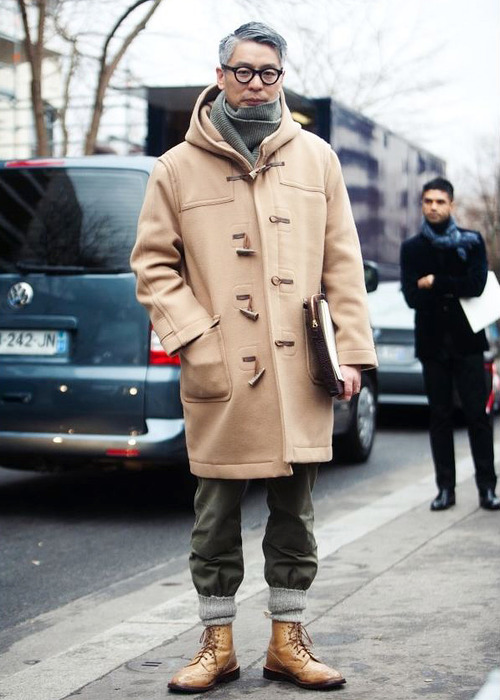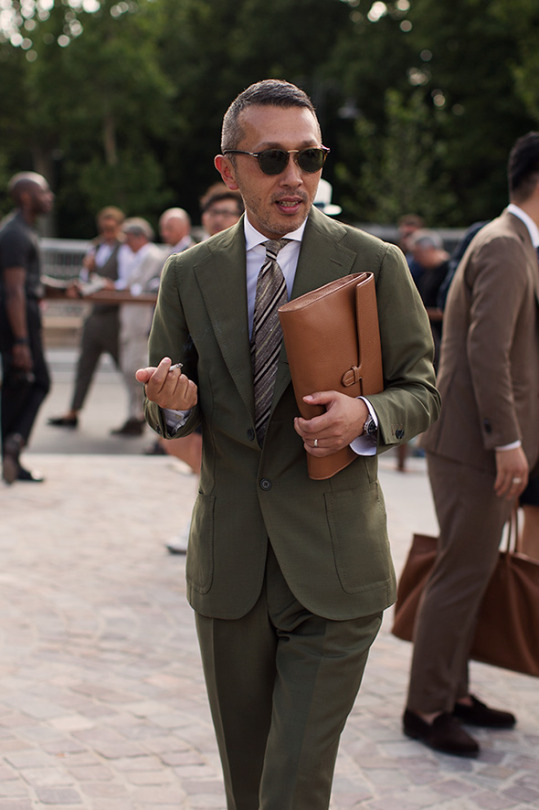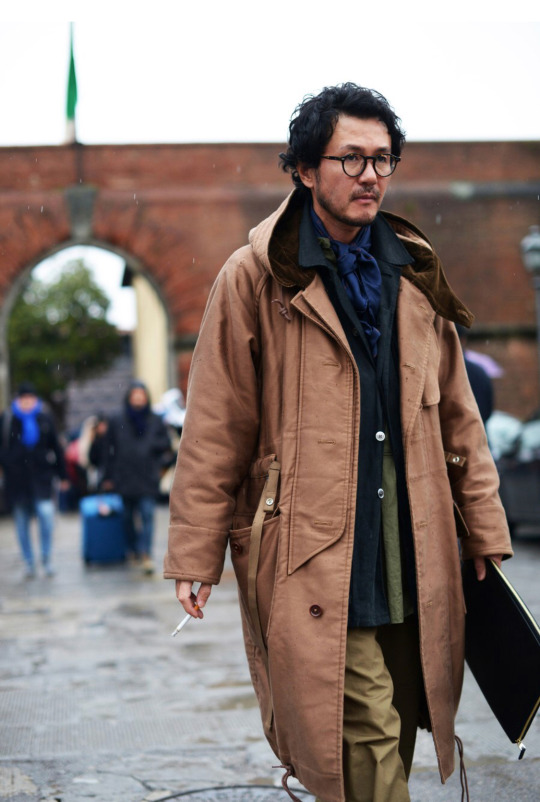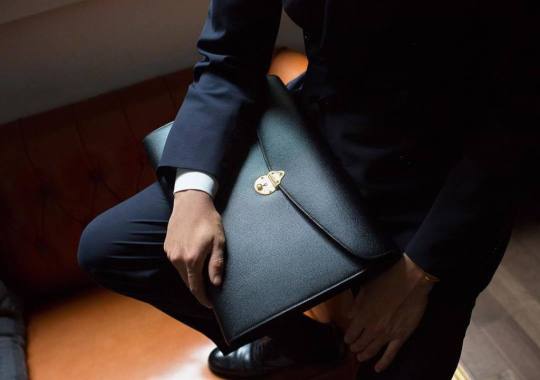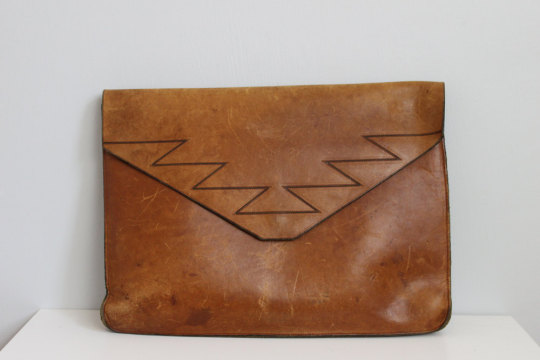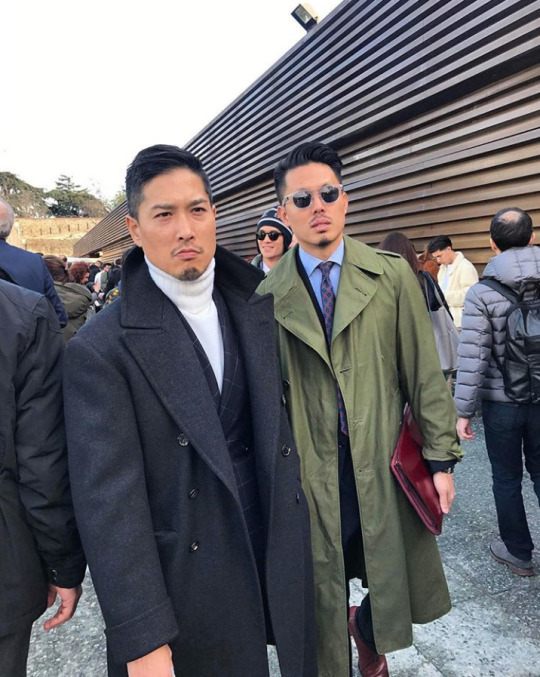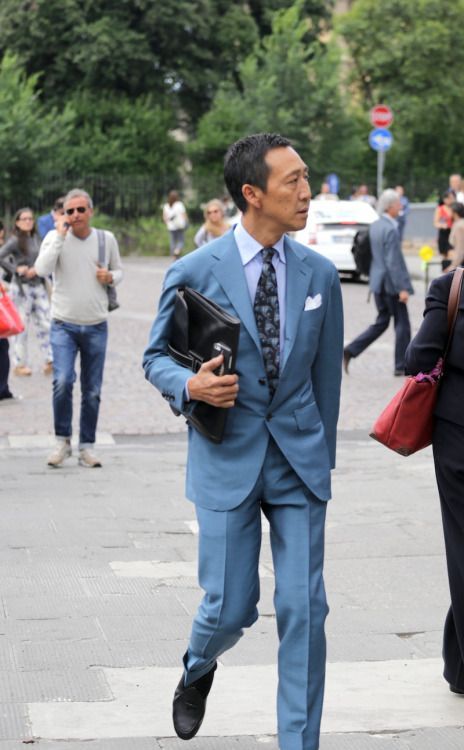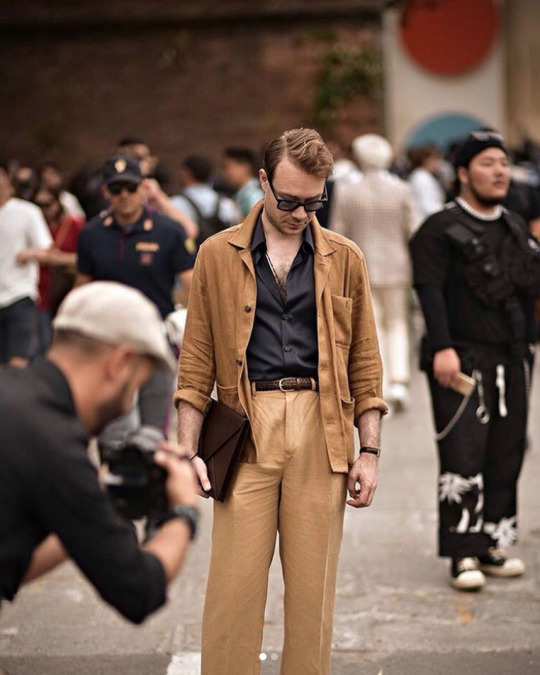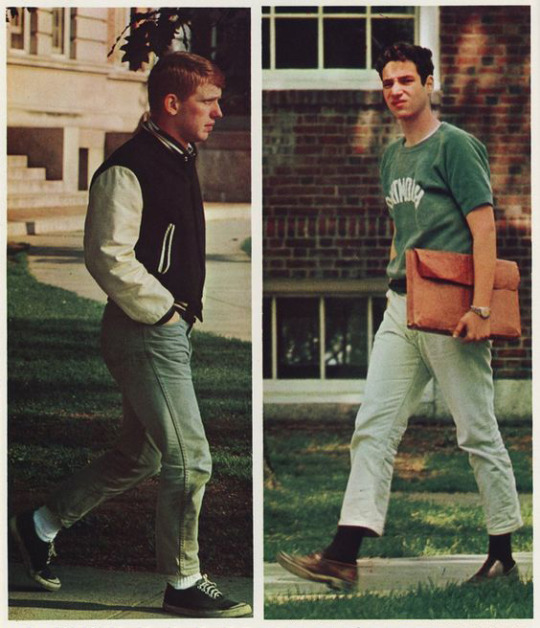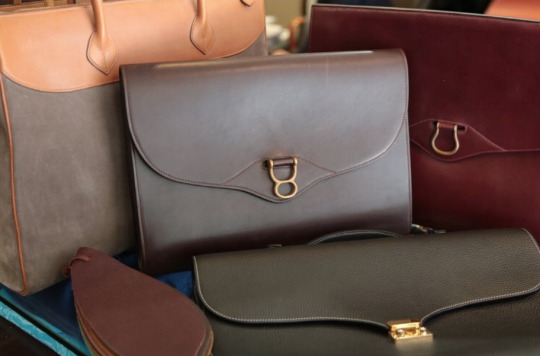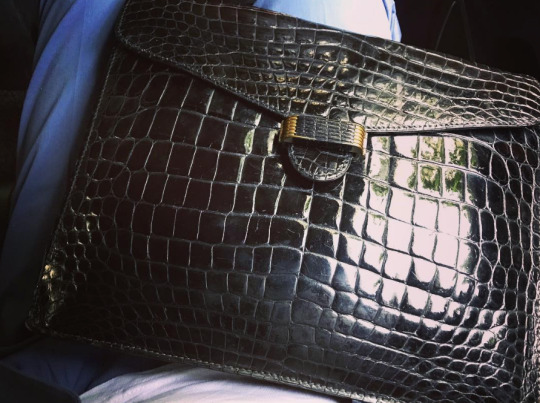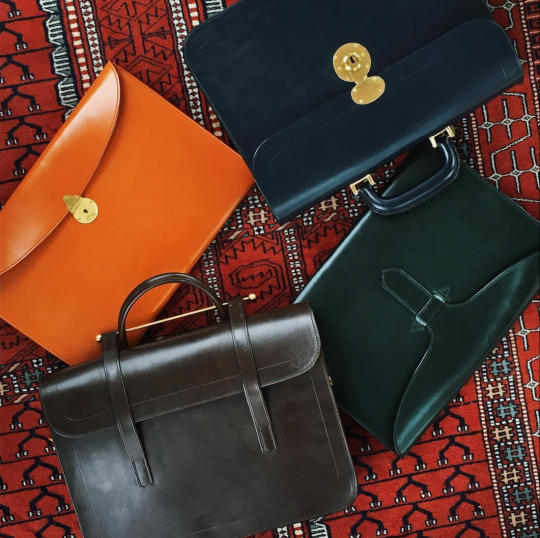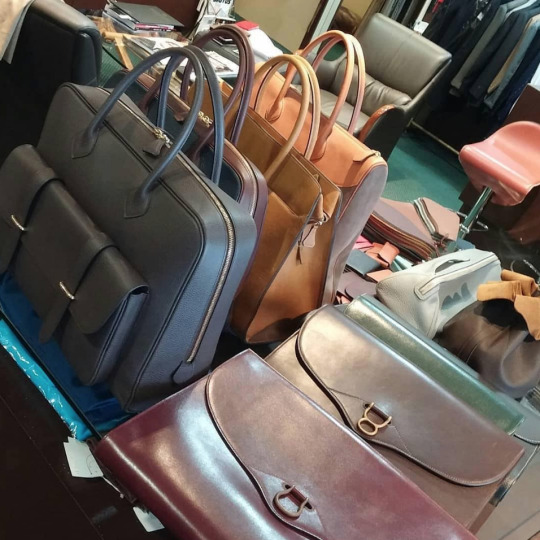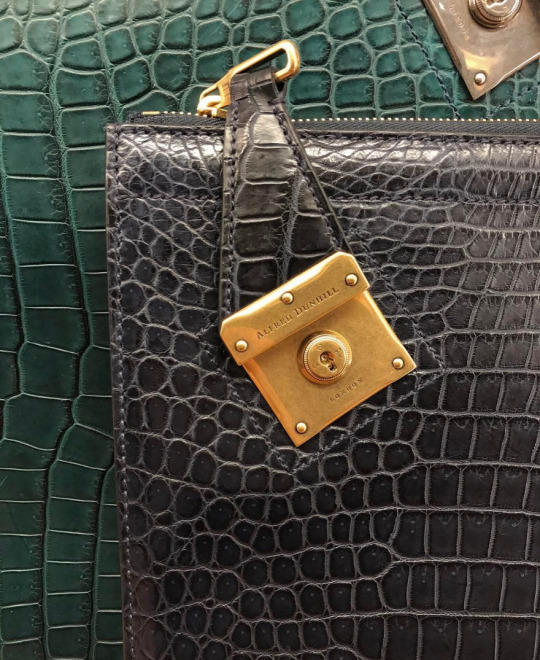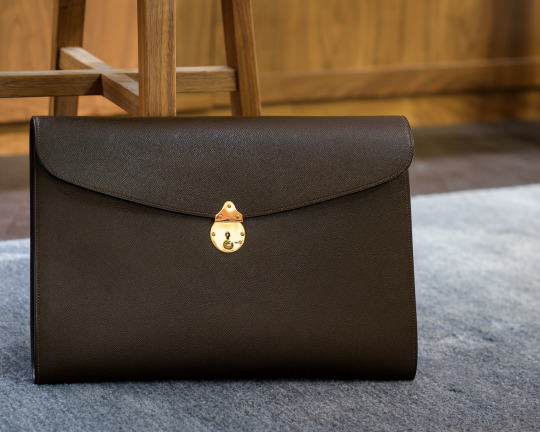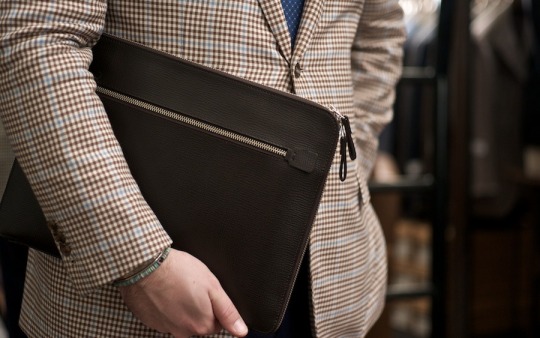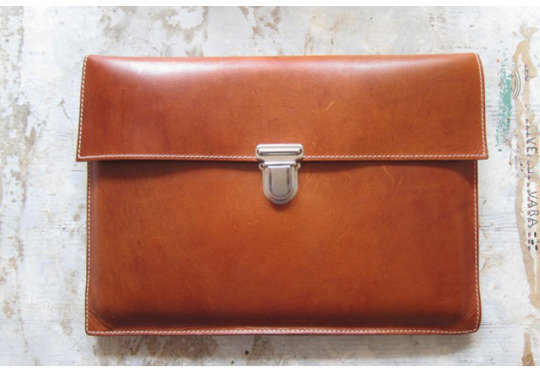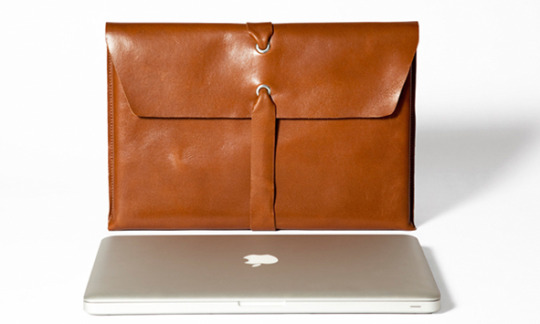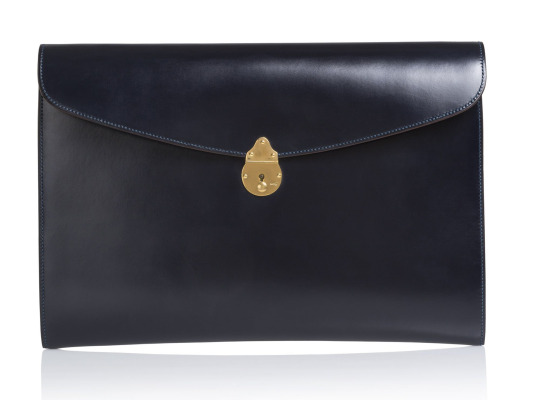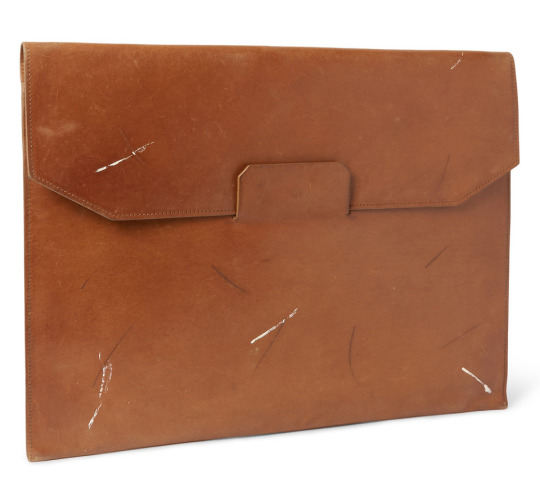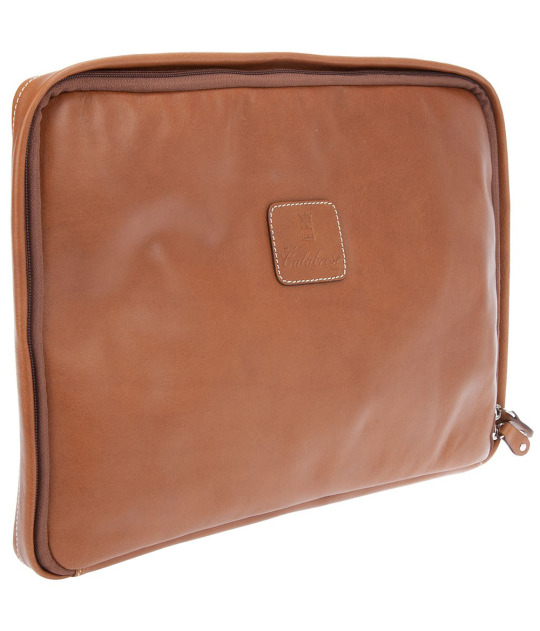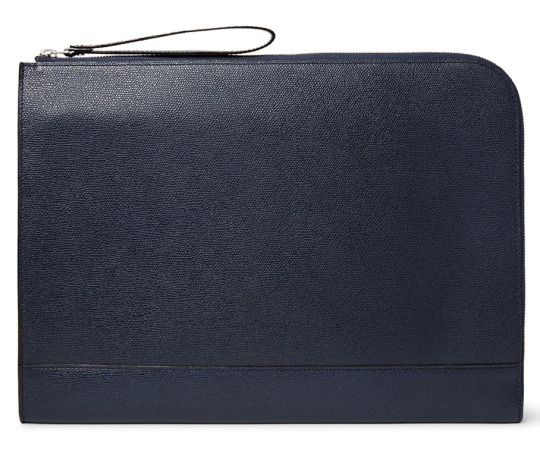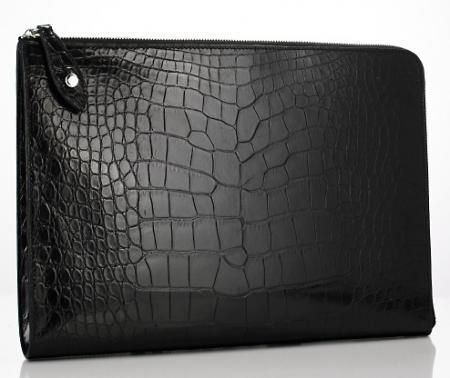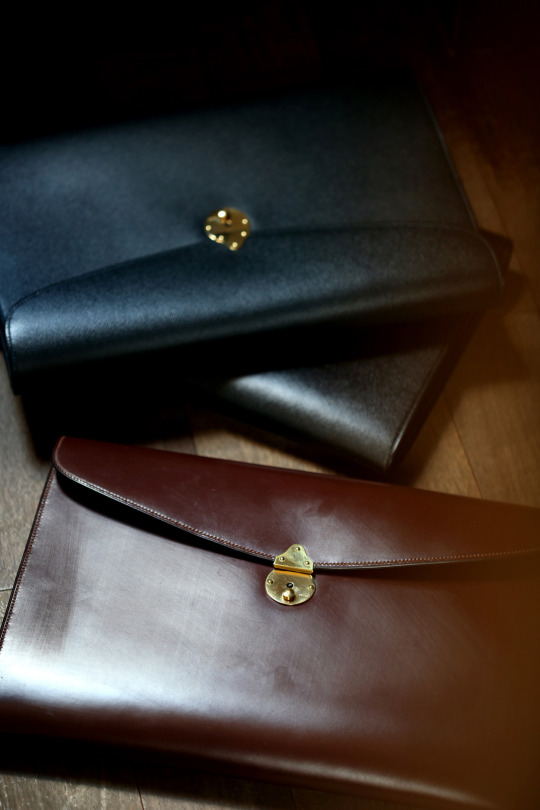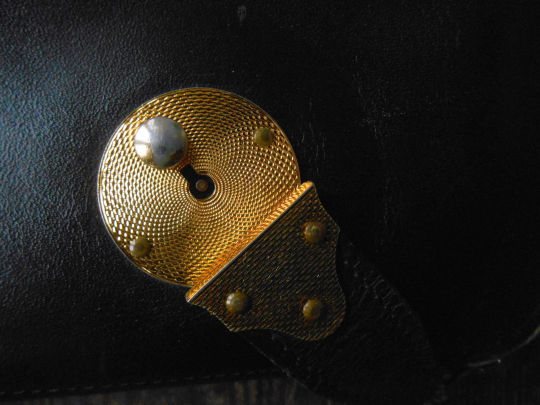
As the world gets smaller, so do our possessions. What may have been that stack of books and papers you’d schlep twenty years ago is now just a few PDF files. The daily newspaper is now online. And your iPod, which used to be a technological wonder that fit your entire music library into the palm of your hand, has disappeared into your phone. My daily carry nowadays is usually not more than my laptop and its accompanying charger – and all that neatly fits into a portfolio, which I think of as a modern briefcase.
Folios are surprisingly uncommon here in the US, but they’re tremendously useful. For one, they’re easier to manage than a traditional briefcase. If you’re running through the city, climbing in and out of cabs, it’s easier to reach into your belongings when you don’t have to fumble through a bunch of clasps or buckles. Plus, unlike a backpack, a folio doesn’t have any straps that could ruin a tailored jacket’s shoulder line.
The downside, of course, is that they don’t carry very much (by design). But who carries more than a couple of electronics nowadays? Lunch gets eaten on the go and I’m not health-conscious enough to carry a water bottle. Plus, leather bags are heavy, which means I only break them out when I need to. Take it from the Japanese, who are often photographed with a folio under their arm. If you’re walking around the city all day, you’d be happy to not have to carry around five pounds of luggage.

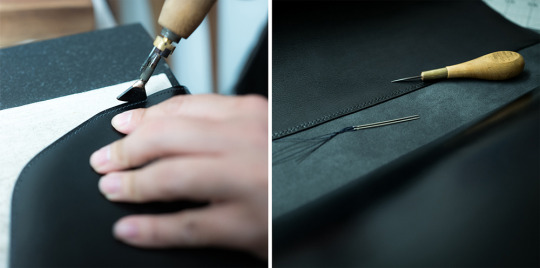
I’ve found them so useful over the years that I’ve collected about a dozen in different materials and makes. I find dressier leathers, particularly in brown and black, go better with suits and sport coats. Cotton folios and unusual designs are better for casualwear. If you’re looking for a folio, here are some that I’ve used and think are pretty great (with the ones I rely on most listed in the first section).
Chester Mox: Chester Mox is one of my favorite companies for leather goods. The company’s owner and sole maker, Bellanie, graduated from an apprenticeship with a former Hermes craftsperson a few years ago. Since then, her work has been incredible – fully handmade items, neatly and finely sewn using a technique known as saddle stitching, but offered for little more than what you’d pay for a machine-made product. She also takes bespoke commissions. A couple of years ago, I bought the black boxcalf folio pictured above. The leather is a little softer than I originally anticipated, but it holds its shape well and has enough flexibility to allow me to carry more things. Chester Mox would be a good option if you have a very specific design in mind or just value the work that goes into a genuinely handmade, handsewn item.
Maison Margiela: Martin Margiela made his name off his avant garde use of everyday materials – from plastics to paperclips. He’s long left the company, but the brand still carries on that tradition. Their folios are made from various materials each season, some a bit more daring than I would prefer. Mine, however, is a relatively subdued pre-distressed veg-tan leather, marked up with some scratches and paint, but also has a bare finish that allows the leather to take on a patina over time. I like the uniqueness of the closure and richness of the leather. The folio is thin, however, so don’t expect to be able to carry more than a laptop and its charger.
Berg & Berg: One of the folios I use most, partly because the design’s simplicity lends itself well to various outfits. Berg & Berg uses a soft, but thick, veg-tanned vachetta leather. It scratches easily, but since the lather is well-oiled, you can mostly rub out any marks with your thumb. And while the first few marks hurt the most, the leather does age beautifully – especially around the areas that come in contact with your hands. Suffice to say, after I accidentally lost my original Berg & Berg folio at an Apple store, I went out and bought another.
Tärnsjö Garveri: A recent favorite. Tärnsjö Garveri’s leathergoods are made start-to-finish in Sweden. They process locally farmed cowhides at their own tannery. In fact, most of the company’s business is in selling processed leather hides to companies around the world. A third of their leathers, however, are used for their in-house brand and third-party collaborations. Their folios are very stiff and structured, which means they don’t have much give. I find I can still find my laptop and charger, but not much more. That said, I love the three panel, fold-out design, unique clasp closure, and contemporary style. If you don’t carry your computer charger with you, there’s an interior organization system that can keep a writing pad, a pen, and some loose papers. Like Berg & Berg’s folio, I find this works well with both tailored clothing and most casualwear.
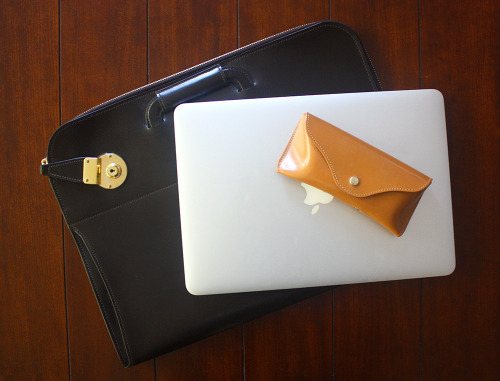
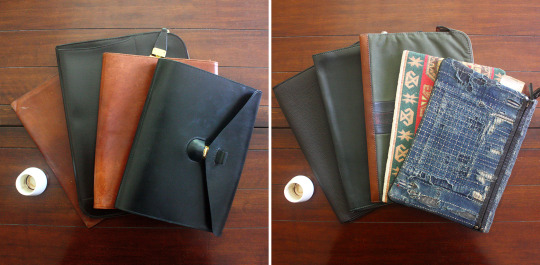
RBJ Simpson: There’s a whole industry in England built around traditional, bridle leather goods. Think of companies such as Swaine Adeney Brigg, Glenroyal, and RBJ Simpson (the last of which supplies accessories to some West End bespoke shoemaking firms). In some ways, they’re not too different from each other. They all get their leathers from the same tanneries – J&E Sedgwick and J&FJ Baker – and most of their items are machine-sewn (with a bit of handwork where necessary, such as the handles). The difference for me is mostly in the details. My Simpson folio has slightly better painted edges than my Glenroyal briefcase. The interior is finished with a soft pigskin lining, the zipper rolls around nicely, and there’s an exterior pocket to hold a newspaper (for those who still read newspapers or just like the antiquated detailing). The top also has telescopic handles, so you can turn this into an attache, although I mostly carry my folio under my arm. The style is inherently dressier and goes better with tailoring.
Serapian: Whereas England’s leather goods rely on tradition, Italy is the opposite. Many Italian leather goods have that sort of fashionable luxury-casual sensibility that fits with brands such as Loro Piana and Cucinelli. You’ll also find that, instead of thick and sturdy bridle leathers, Italian leather goods are often softer and more processed. They’re not plastic-y, per se, they’ll look the same in year five as they did on day one. Over the years, I find I prefer leathers that show their age, but if you’re looking for something to wear with that Stoffa leather jacket, Serapian is a good starting point. My folio from them is made from an almost spongy pebble grain leather. It’s slightly oversized and has a zippered back pocket. You can find them at Barney’s and Barney’s Warehouse.
Ralph Lauren Purple Label: Every few years, Ralph Lauren offers this corner-clasp, zippered folio through their Purple Label line. It’s absurdly overpriced at full retail, as are all items in that subline, but nicely designed. The unique closure is a great stylistic touch, while also looking traditional enough to go with suits. I wish the leather had a bit more luster and character – it doesn’t patina easily – but it’s not heavily processed. The only downside is that you have to lock the clasp in place, otherwise it swings, and doing so takes just that much more effort that makes me choose something else in the morning. For something more affordable, check out Sterling & Burke.

Brooks Brothers Black Fleece: The line has been shuttered for some time now, but for a while, Black Fleece was Brooks Brothers’ attempt at capturing a younger fashion market. Their folio was part of a small line of understated accessories – recognizable only through their tri-stripe – that was made from Mackintosh’s cottons (although, not bonded). I actually find I use this one often. Cotton folios are a little more casual and won’t get scratched up like leather. Useful if you know you’ll be stashing this under car seats or rubbing it against the side of a heavily zippered jacket.
Anatolia Bags: Anatolia Bags is run by a woman in Turkey named Zehra Bayraktar. She sells craft and sewing supplies, as well as tribal-style bags and purses made from a traditional Turkish textile known as Kilim. Since she makes everything herself, she’s also available for custom orders. A few years ago, I had her make me a Kilim zip-top folio. It’s lightly padded and just big enough for my laptop. I wish the zipper was a little better, and the overall construction can feel a bit underwhelming compared to higher-end folios, but you can hardly complain for $20 (seriously, they’re that cheap). And I will say, I get more compliments from this than any other folio. I think it’s the fabric.
Kapital: Kapital’s folio is made to look like boro, a traditional Japanese repairing technique that came out of the impoverished countryside. Back when fabric was precious, the wives of fishermen and farmers used to patch and mend futon covers, clothes, and bags. As a result, you got these beautiful objects with hundreds of shades of indigo, often pieced together with a type of rough running stitch known as sashiko. Kapital’s folio is made to look like one of those bags, and while the actual textile is done well, I wish the zipper was placed right along the edge of the bag, instead of just below it. As is, the zipper doesn’t open all the way to the ends of the folio, which means it’s a tight squeeze for my laptop. Understandably, some will find the look kitschy (it is kitschy), but I sometimes reach for this folio when wearing brands like RRL, Orslow, or Kapital.
Other Notables: There are some folios I’ve admired for years. The Armoury can take custom orders for Ortus, a Japanese maker specializing in handsewn, saddle stitched goods. Their work to me seems comparable to Chester Mox, except that, in some cases, they can also make their own custom hardware. I also like Made in Occupied Japan, a niche label that’s taking US Army tents used in Okinawa after the Second World War and turning them into shoulder bags, totes, and folios. Any “imperfections” in the material – such as patched up areas or darned-over holes – are purposely kept in for character. Frank Clegg Leatherworks, a sponsor on this site, sells handsome zippered pouches. And I’ve been wanting to get one of these leather folios from Saic, a Japanese custom leather-goods maker based in Florence. His folios are slightly stiff and structured, but he can make anything you want to any size. I also like the equestrian bits he uses for his closures. They are painfully expensive, however, at $1,500. For something a lot more affordable, try Rutherfords.
